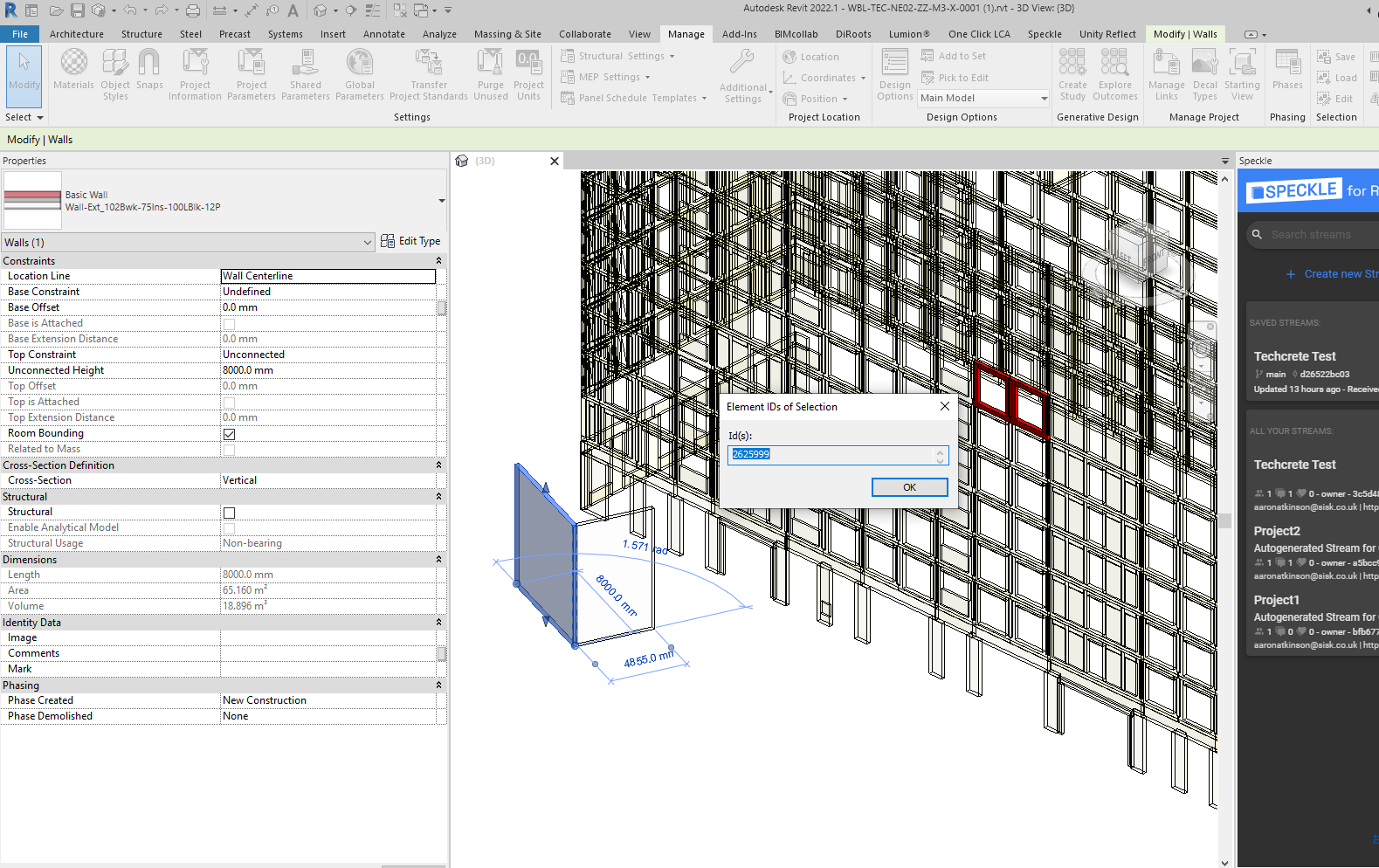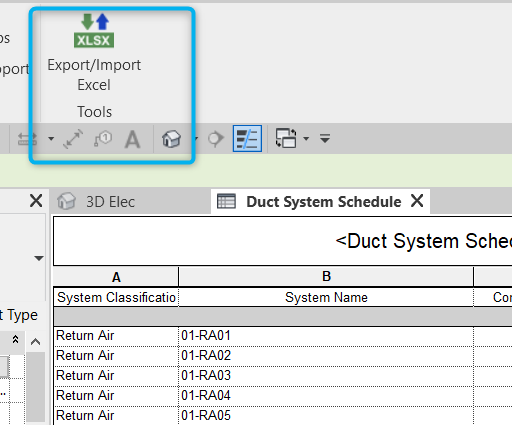Maximize Your Operations with Revit Add Ins and Plugins
Wiki Article
Mastering the Art of Information Combination: How to Seamlessly Import Excel Files Into Revit
Are you struggling to import Excel documents into Revit smoothly? Look no additional! In this article, we will assist you with the procedure of understanding the art of information assimilation. Discover the importance of seamless integration in Revit and explore the Excel documents format for Revit integration. Prepare to prepare your Excel information effortlessly and follow our step-by-step guide to import data into Revit. With our ideal methods, you'll accomplish information assimilation success in no time. Let's get going!Understanding the Value of Data Combination in Revit
Recognizing the importance of data assimilation in Revit is crucial for smooth importing of Excel data. When you incorporate data from Excel right into Revit, it enables you to efficiently upgrade and take care of information throughout the whole project. This integration ensures that your design and building procedure is precise and up-to-date.By incorporating information, you can easily import and update specifications, schedules, and also geometry in Revit. This removes the requirement for hand-operated data access, conserving you time and reducing the danger of errors. With Revit's data integration capacities, you can preserve consistency and accuracy in your project, while likewise enhancing partnership amongst employee.

Exploring the Excel Data Style for Revit Combination

In order to efficiently incorporate Excel documents right into Revit, it is important to make sure that the data is formatted correctly. This consists of properly labeling rows and columns, along with structuring the data in a method that is suitable with Revit's information schema. Revit makes use of details specifications and classifications to organize data, so it is necessary to straighten the Excel data with these criteria to guarantee a seamless assimilation.
In addition, it is necessary to keep in mind that Revit just supports specific information kinds when importing from Excel. These consist of text, numbers, and dates. Any various other data kinds, such as formulas or conditional format, will certainly not be acknowledged by Revit and may create concerns during the combination procedure.
Preparing Your Excel Data for Seamless Import Into Revit
To ensure a smooth integration procedure, you'll need to appropriately style and label the columns and rows in your Excel information prior to importing it right into Revit. Due to the fact that it enables Revit to precisely analyze and organize your data, this step is crucial. Start by examining your Excel information and recognizing which columns and rows have appropriate details for your Revit project. Make certain to classify each column with a clear and detailed header. This will certainly aid you and others easily recognize the objective of each column and prevent confusion during the import process.Next, make certain that the information in each column is correctly formatted. If you have a column for measurements, make certain that all dimensions are consistently formatted in the very same systems of dimension. Revit counts on constant format to properly translate and import information.
Furthermore, it is necessary to look for any kind of empty cells or inconsistencies in your data. Revit might not have the ability to check out or import data from cells that are empty or include errors. It is recommended to evaluate your Excel information and clean up any kind of incongruities prior to importing it into Revit.
Step-By-Step Guide to Importing Excel Record Into Revit
Once you have actually appropriately formatted and identified your Excel data, you can conveniently import it right into Revit by following this step-by-step guide. To start, open Revit and navigate to the "Insert" tab. Click "Import CAD" and select "Import Excel" from the dropdown food selection. A new home window will certainly show up, asking you to find the Excel documents you wish to import. Search your computer and choose the Excel documents, after that click "Open."Following, a dialog box will appear, permitting you to customize the import settings. Below, you can choose the worksheet you intend to import, define the array of cells to import, and choose the appropriate units for your information. As soon as you've made your options, click "OK" to continue.
Revit will certainly currently show a preview of your Excel data. Take a moment to assess the sneak peek and ensure that whatever looks appropriate. If needed, you can make revit tool modifications to the import settings by clicking the "Setups" switch.
Best Practices for Data Assimilation Success in Revit
Make certain you adhere to these ideal methods to make sure successful combination of data in Revit. Primarily, it is important to organize your data in Excel before importing it into Revit. This implies making sure constant naming conventions, appropriate formatting, and accurate information representation. Next, utilize Revit's built-in tools for information mapping. This will enable you to match the columns in your Excel file with the corresponding criteria in Revit. Be mindful of the data and systems kinds when mapping the data, as any type of inconsistencies can result in mistakes in the integration procedure.An additional essential technique is to regularly validate and update your information. Additionally, make usage of data validation tools within Revit to identify any mistakes or incongruities in the integrated information.
Finally, it is suggested to develop a clear process for information assimilation. This consists of defining responsibilities and roles, establishing up a communication channel in between staff member, and establishing a regular cadence for data updates and reviews. By complying with these ideal methods, you can make sure a seamless and successful combination of data in Revit, inevitably enhancing the performance and accuracy of your project.
Final Thought
In conclusion, understanding the art of data combination is vital for seamless import of Excel files right into Revit. Comprehending the significance of data combination in Revit is the initial step towards effective assimilation.When importing data from Excel right into Revit, it is vital to recognize the data style and exactly how it can affect the assimilation procedure (revit add ins). Revit utilizes details parameters and categories to organize information, so it is essential to align the Excel data with these parameters to ensure a seamless combination
Be conscious of the information and systems types when mapping the information, as any disparities can lead to mistakes in the assimilation procedure.
Furthermore, make use of information recognition devices within Revit to identify any kind of mistakes or incongruities in the integrated information.

Report this wiki page